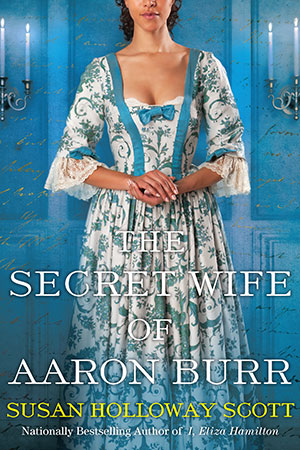Isabella/Susan reporting,
One of the real challenges - or is it a pitfall? - of writing historical fiction is historical fashion. Personally I love the clothes of 18th c. England, the period in which When You Wish Upon a Duke is set, but I have to accept that readers may not share my, ahem, infatuation.
I also have to keep in mind that while I've been wallowing in silken Georgian excess since I was a teenager, most readers won't know an open robe from a mantua, nor will they care. Nothing is more deadly than a scene that grinds to a halt while the author indulges in some heady dead-fashion reportage. The trick is to incorporate the clothes into the story with the same ease that the characters would wear them.
Which brings me to hoops. Loretta and I have written about hoops many times before (here and here and here.) I suppose we find the notion of wearing an elaborate frame of cane and linen tapes, below, tied around the waist to support the skirts, so weirdly alien that we're fascinated.
But for my heroine Charlotte, the newly-minted Duchess of Marchbourne, hoops aren't weird at all. Ordinary women did not wear extreme hoops, any more than ordinary modern women wear the highest platform designer shoes. They might wear a modest set of hoops, or a stuffed bum-roll, but the widest pocket-hoops were reserved for grand ladies for formal and court dress. As a duchess, Charlotte is, of course, expected to wear them, and wear them gracefully. Important ladies occupied a sizable footprint on those parquet floors. There could be no awkward squeezing through doorways, or sweeping vases from nearby tables. Unlike the heavy wire crinolines and multiple petticoats of the 19th c, a Georgian lady's dress was more like a lampshade, her silks fragile as feather, and as likely to blow away, too. A lady like Charlotte had to learn to glide along with small steps to keep from unseemly bobbing, how to go up and down stairs, how to dance, and even how to sit in a chair.
Yet Charlotte wouldn't have regarded hoops as a pain; to her they would have seemed elegant and stylish, even a glamorous status-symbol of her new rank. But her first real test comes with the formal gown, known as a mantua, in which she is wed. Aristocratic brides seldom had a special wedding gown - weddings were generally small, family affairs - but they might wear the gown in which they would later be presented at court as a newlywed (and titled) lady. Originally worn by Mary, 2nd Marchioness of Rockingham c 1760, the white silk mantua, above, inspired Charlotte's gown.
Charlotte manages to walk down the aisle without incident. But climbing in and out of a carriage before a phalanx of her new husband's footmen offers special perils, and the fragile construction of silk and cane must likewise withstand her eager bridegroom on a narrow carriage seat. Or not. But who ever said being fashionable was easy?
Top: Fitzwilliam Mantua, 1760-65, English, silk satin brocaded in silver thread with silver lace trim. Collection, Kensington Palace.
Below: Hoops, c 1750, French. Paris, Musee des Arts Decoratifs.
Laws Concerning Women in 1th-Century Georgia
10 months ago







 One of us --
One of us -- 


